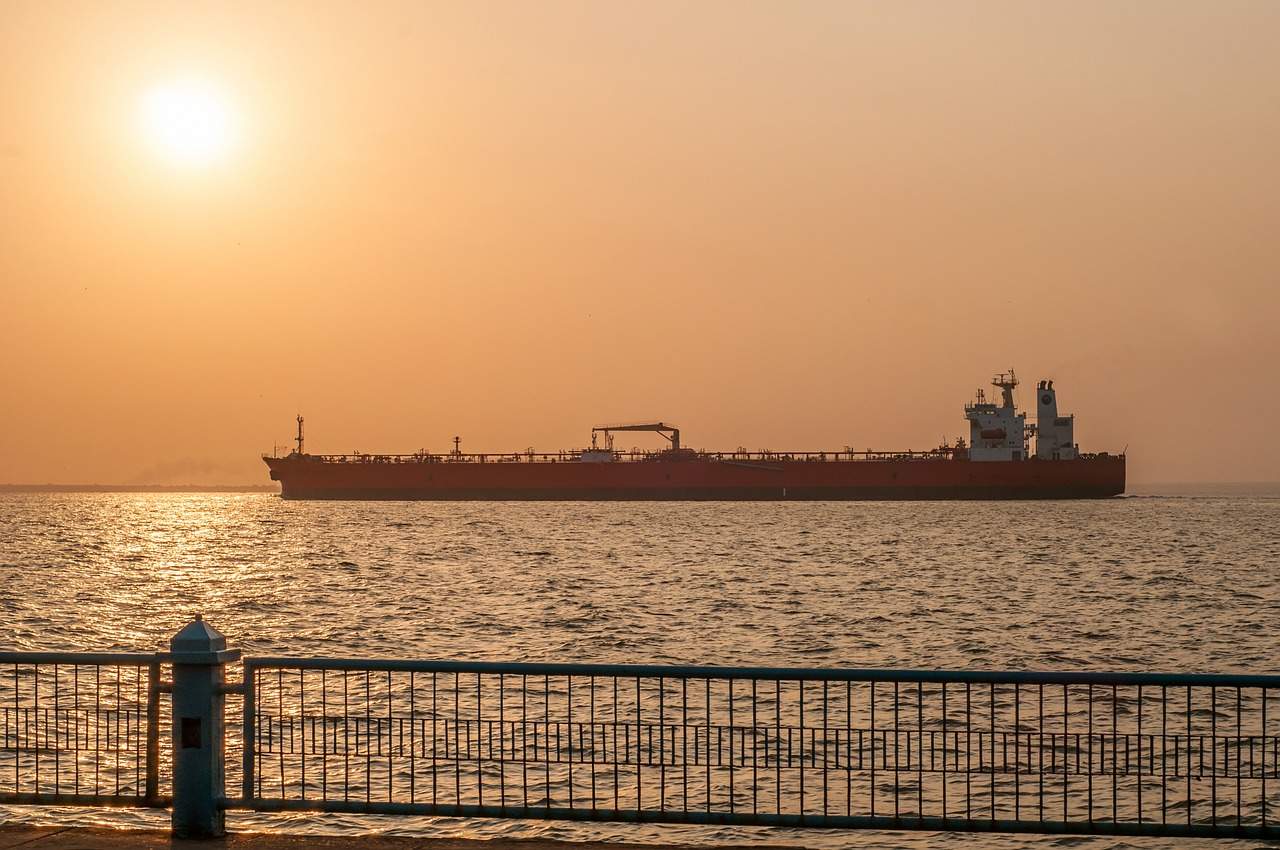Venezuela’s worsening economic situation means its oil exports are unlikely to recover soon, despite Chinese assistance.
Venezuela’s crude oil production has dropped continuously over the past two years due to a lack of investment, mismanagement, and a severe economic crisis. According to OPEC, Venezuela’s oil production fell by 36,000 barrels per day (bpd) from July to average 1.235 million barrels per day (mbpd) in August – compared to an average 1.911mbpd for 2017.
In 2017 Venezuela was the seventh largest oil exporter in OPEC, accounting for 6.4% of OPEC’s crude oil exports. However, both OPEC and the Energy Information Administration (EIA) dispute official Venezuelan statistics, with many upstream activities beginning to shut down.
PDVSA’s ability to pay joint ventures
State oil firm PDVSA also faces an increase in debt payments, and with central government coffers depleted due to a deteriorating wider economy, this will further impact the country’s production.
More than $9bn in sovereign bond payments are due in 2018, and the wider macroeconomic environment means it’s unlikely PDVSA and the government will be able to repay. The country is already $5bn behind in debt. The Banco Central de Venezuela stopped tracking inflation regularly, but the International Monetary Fund (IMF) warned inflation could hit a million percent by December 2018.
The nation’s GDP declined 16% in 2016, 14% in 2017 and it’s projected to fall 15% in 2018, according to the IMF.
The lack of payment to PDVSA’s joint venture partners threatens to accelerate production losses. This would led to further rig closures or lack of development, which would compound oil industry woes. The number of active drilling rigs in Venezuela has fallen from 50 in December 2017 to 27 in August 2018, according to US drilling services firm Baker Hughes. This is the lowest count since 2003.
The situation became even more difficult after ConocoPhillips seized PDVSA storage facilities in the Caribbean, keeping it from meeting its export obligations and creating tanker bottlenecks at Venezuelan ports.
Chinese investment won’t be enough
In September, China’s Development Bank has approved a $5bn loan for Venezuela’s oil industry. The authorisation has also been granted for a direct investment of more than $250m from China Development Bank to increase PDVSA production. However, China has already invested billions in Venezuela’s oil industry over the last decade and has yet to arrest this decline.
PDVSA’s exports to China suffered as a result of the quickly deteriorating situation in Venezuelan oil industry.
Venezuela was the eighth-largest crude supplier to China in 2017, with 435,400bpd, behind Brazil, according to China customs data.
According to the latest available EIA data, US exports of petroleum products to Venezuela averaged 134,000bpd in June 2018, up from 114,000bpd in May, and from 90,000bpd in June 2017.




